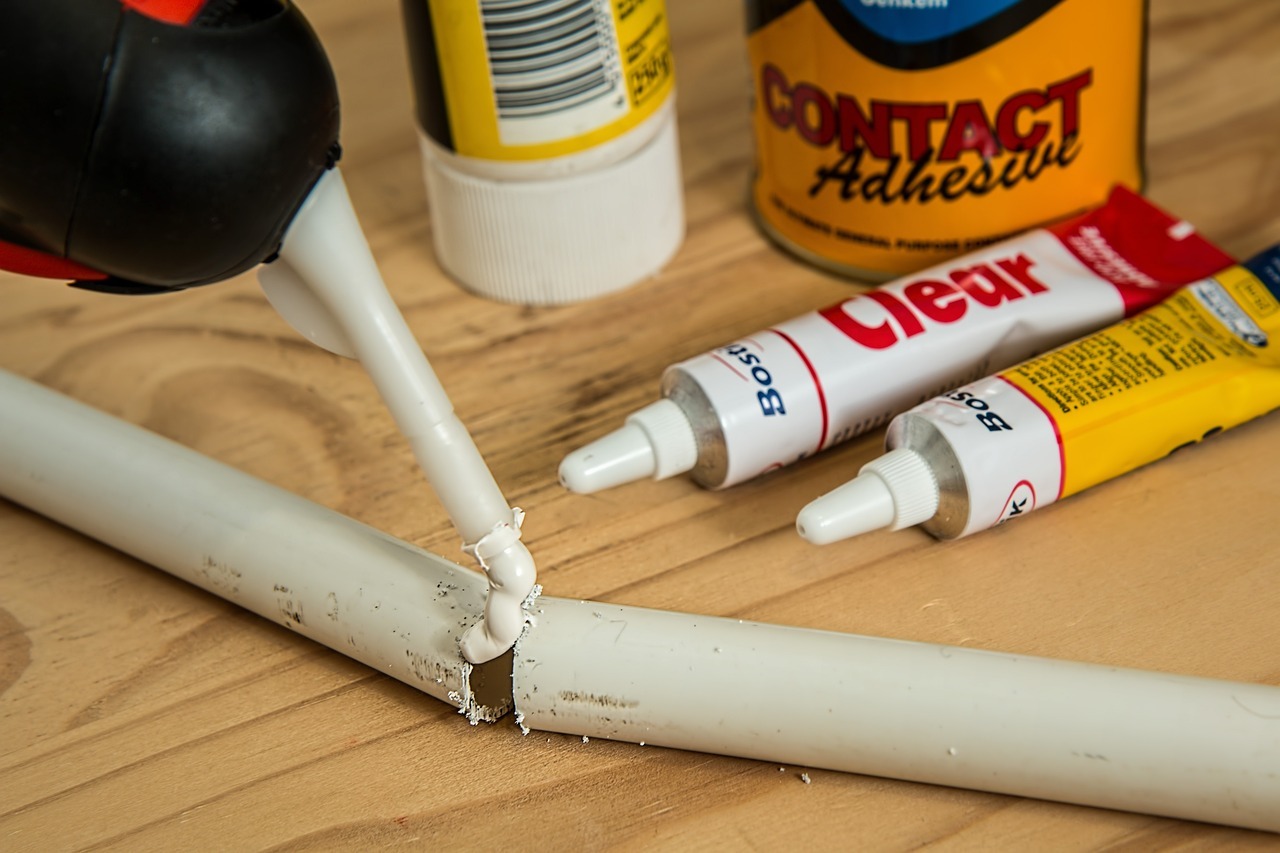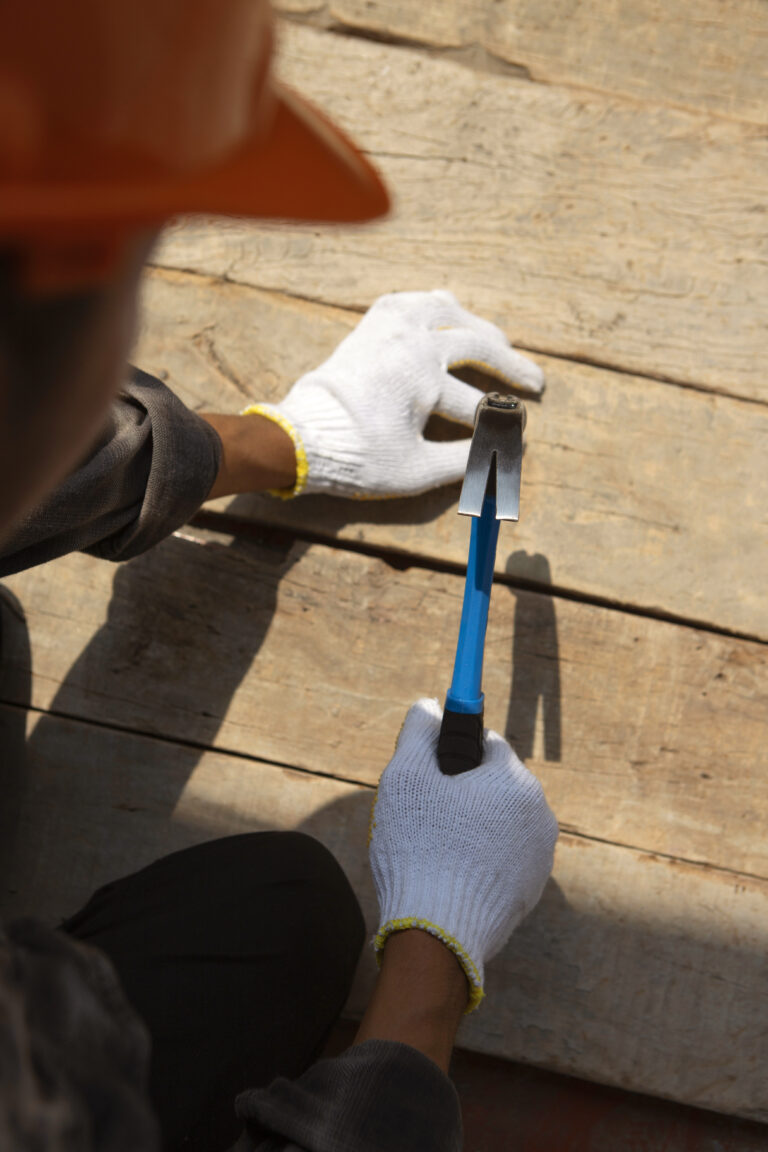Adhesives Industry: What’s New and Innovative?
In a world where technological development is accelerating, and materials and technologies are being renewed rapidly, the adhesives industry is one of the sectors that is witnessing continuous transformations and new innovations aimed at meeting the needs of different industries and applications. Adhesives are an essential part of manufacturing processes in a wide range of industries, from electronics and medical industries to construction and automotive industries.
In this article, we will discuss what’s new and innovative in the adhesives industry, from new manufacturing techniques to superior and sustainable materials.
What’s new and innovative in the adhesives industry
Environmental and sustainable adhesives
The demand for adhesives that rely on environmentally friendly components and renewable materials is increasing. Innovations include the use of bio-based materials such as starch and sugars as alternatives to petroleum materials in the adhesives industry. Environmental and sustainable adhesives are used in:
The manufacture of biodegradable packaging and alternative plastics.
Fixing interior components in cars and aircraft, which reduces the use of traditional petroleum-based adhesives.
Applications in the food and medical industries where the use of safe and sustainable materials is required.
Smart Adhesives
These innovations include adhesives that react to surrounding conditions, such as heat or electrical current, to improve their performance. For example, heat-activated adhesives are used in smart manufacturing and robotics applications. Smart adhesives are used in:
Smart manufacturing applications such as assembling microelectronics in robots and smart devices.
The automotive industry, where smart adhesives can be used to securely and efficiently attach engine parts and other automotive technology.
Medical applications, such as attaching micromedical devices inside the body or using them in smart healthcare devices.
New mounting technologies
New technologies are being developed to improve mounting and fixing processes, such as using thermal or UV adhesives that work quickly and effectively on a variety of materials. They are used in:
Thermal adhesives in the furniture and decoration industry to quickly and efficiently assemble parts.
Mechanical engineering and manufacturing, where thermal and UV adhesive technologies are used to accurately assemble complex parts.
Customizable and multifunctional adhesives
In the adhesives industry, the focus is on developing adhesives that can be customized to meet specific application needs, such as adhesives that provide additional insulation properties or pressure tolerance. Customizable and multifunctional adhesives are used in:
The construction industry, where multifunctional adhesives can be used to secure thermal and acoustic insulation and structural parts.
The automotive industry, where multifunctional adhesives can be used to secure plastic, metal and glass parts in a durable manner.
Self-diagnosing smart adhesives
These innovations include adhesives that intelligently respond to environmental conditions, such as detecting and automatically repairing cracks without the need for human intervention. Self-diagnosing smart adhesives are used in:
The medical industry, where smart adhesives can be used to improve automatic repair processes for medical devices inside the body.
The aviation industry, where smart adhesives can be used to automatically detect and repair cracks and corrosion on aircraft structures.
Innovative Packaging Technologies
New adhesives are being developed to improve packaging technologies, allowing for more efficient and safer packaging. Innovative packaging technologies are used in:
The packaging industry, where innovative adhesives can be used to improve the efficiency and safety of packaging.
In conclusion, these are some of the innovations that the adhesive industry has achieved thanks to advanced technologies and continuous experiments, until it was able to achieve new levels of performance, durability and sustainability. There are more developments and new discoveries that are constantly being explored.






